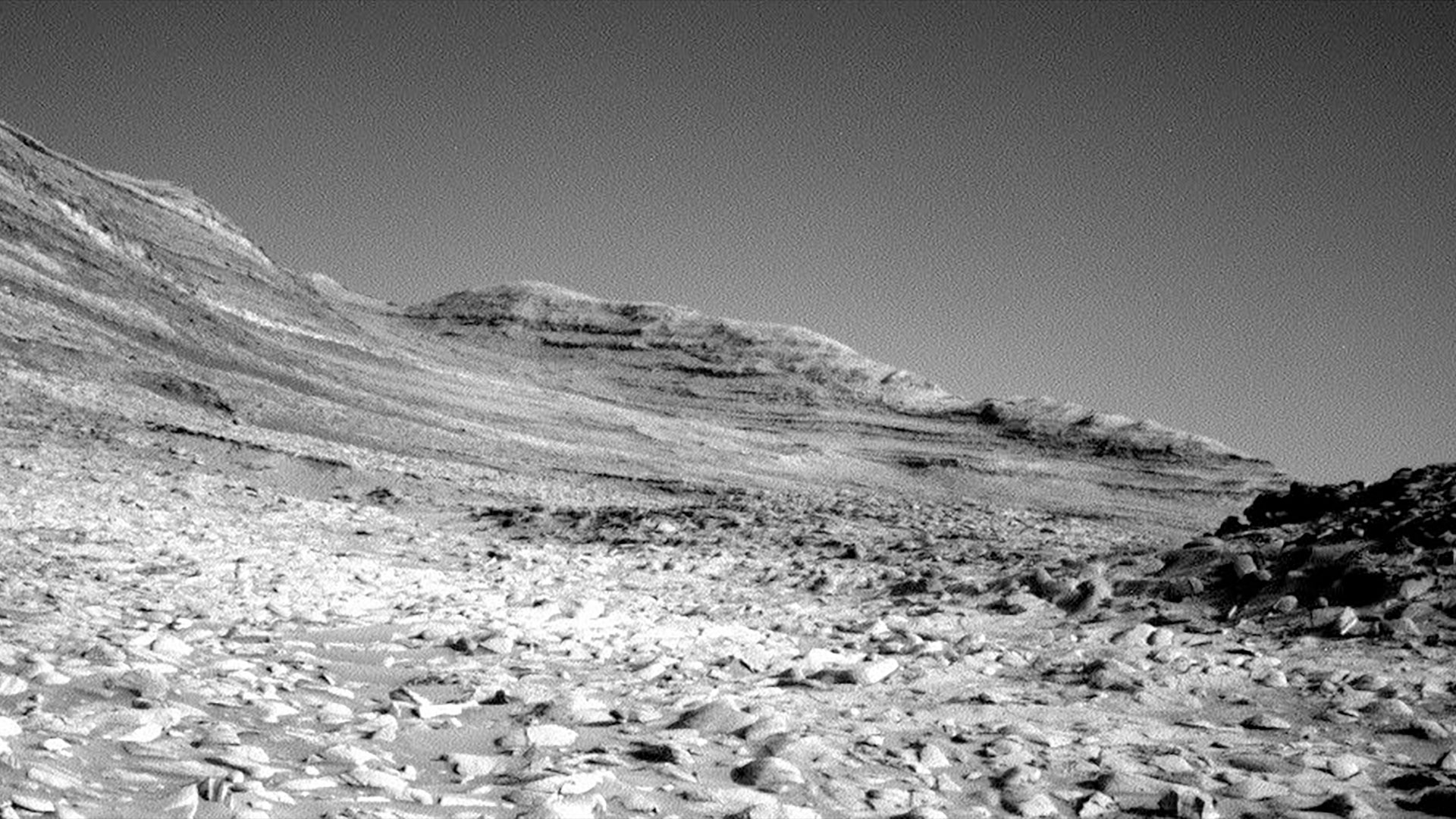1st Photo of a Total Solar Eclipse Was Taken 166 Years Ago Today
People have observed total solar eclipses since ancient times, but it wasn't until the 19th century that people figured out how to photograph them.
As you prepare for the total solar eclipse of Aug. 21, here's something to think about: The first photo of a total solar eclipse was taken on July 28, 1851, by Johann Julius Friedrich Berkowski, who was said to be the most skilled daguerreotypist in the Prussian city of Königsberg (now Kaliningrad, Russia).
Berkowski was commissioned by the Royal Prussian Observatory at Königsberg to create a still image of the total solar eclipse using the daguerreotype process, in which the image was directly exposed onto a polished copper plate. [Amazing Solar Eclipse Pictures from Around the World]

Once it was polished to a shiny, mirror finish, the silver-plated copper was treated with halogen or iodine fumes that made it sensitive to light. Exposing the copper plate inside the camera would leave behind a latent image, or an invisible trace of the photograph.
To make a latent image visible, the daguerreotypist would treat the copper plate with mercury vapor in a dark room. Applying a liquid chemical treatment then removed the light sensitivity of the plate. Then, the daguerreotypist could rinse it off, dry it and seal it in a glass frame. The final product was a black-and-white image that was microscopically textured as a result of the silver's exposure to sunlight.
Before Berkowski created his famous first daguerreotype of a total solar eclipse, photographers had struggled to capture any decent images of eclipses. Photos were often overexposed or underexposed, and they failed to show the right amount of contrast between the sun's bright corona and the dark disk of the moon.
According to a paper in the journal Acta Historica Astronomiae, Berkowski's daguerreotype was the first correctly exposed image of the sun's corona. Berkowski used a small refracting telescope and captured an 84-second exposure that he initiated as soon as the moon had moved completely in front of the sun, the paper explains. Not only did his photo show the contrast between the corona and the moon, but it even revealed a few solar prominences extending from the sun's disk.
Get the Space.com Newsletter
Breaking space news, the latest updates on rocket launches, skywatching events and more!
Since then, solar eclipse photography has become much easier with digital cameras and even smartphone cameras. To find out how you can capture your own cool photo of totality, check out our guide to photographing the solar eclipse.
To find out what to look for in solar eclipse photography equipment, check out The Best Gear for Taking Pictures of the Solar Eclipse from our sister site Tom's Guide.
Editor's note: Space.com has teamed up with Simulation Curriculum to offer this awesome Eclipse Safari app to help you enjoy your eclipse experience. The free app is available for Apple and Android, and you can view it on the web.
Join our Space Forums to keep talking space on the latest missions, night sky and more! And if you have a news tip, correction or comment, let us know at: community@space.com.

Hanneke Weitering is a multimedia journalist in the Pacific Northwest reporting on the future of aviation at FutureFlight.aero and Aviation International News and was previously the Editor for Spaceflight and Astronomy news here at Space.com. As an editor with over 10 years of experience in science journalism she has previously written for Scholastic Classroom Magazines, MedPage Today and The Joint Institute for Computational Sciences at Oak Ridge National Laboratory. After studying physics at the University of Tennessee in her hometown of Knoxville, she earned her graduate degree in Science, Health and Environmental Reporting (SHERP) from New York University. Hanneke joined the Space.com team in 2016 as a staff writer and producer, covering topics including spaceflight and astronomy. She currently lives in Seattle, home of the Space Needle, with her cat and two snakes. In her spare time, Hanneke enjoys exploring the Rocky Mountains, basking in nature and looking for dark skies to gaze at the cosmos.









